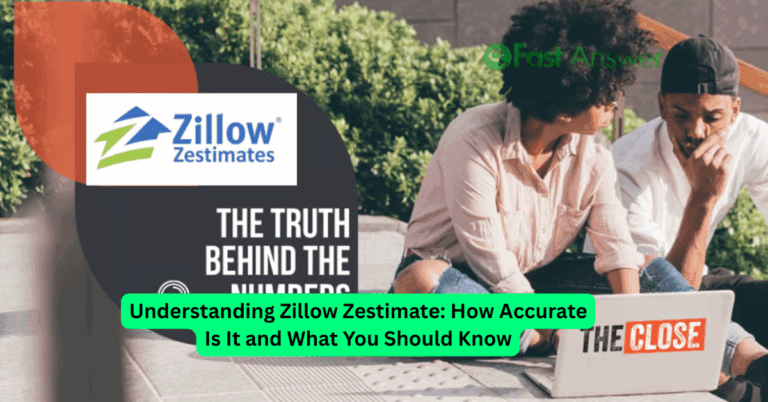Discovering Cheap Old Houses: Where Vintage Charm Meets Smart Investment
Cheap old houses offer more than affordability they carry history, character, and untapped potential. For first-time buyers, DIY renovators, or savvy investors, these homes can be a gateway to homeownership or a strategic portfolio addition. Whether you’re hunting for a fixer-upper, a quaint cottage with timeless details, or a rural farmhouse with wide-open land, cheap old houses combine affordability with endless possibilities. This guide will help you explore what to look for, where to find them, and how to make the most of every dollar.
Why Cheap Old Houses Are Attracting a New Generation of Buyers
In a competitive market, the appeal of cheap old houses is on the rise. Many buyers are priced out of newer homes or simply prefer the character that older properties offer. With features like hardwood floors, unique moldings, and solid construction, these homes provide value that’s hard to replicate in modern builds. Additionally, lower price points mean smaller mortgages and more freedom to renovate over time. If you’re a hands-on buyer or investor looking to maximize ROI, these properties offer flexibility and long-term upside.
Best Places to Find Cheap Old Houses Near You
Looking for cheap old houses near me? Start by checking rural and small-town listings where demand is lower, and historical homes are more common. Websites like Zillow, Realtor.com, and niche platforms like CIRCA Old Houses specialize in showcasing vintage properties. Real estate agents familiar with older homes can also point you toward overlooked gems. Don’t forget foreclosure and auction sites, which often list older homes in need of TLC at significantly discounted prices. Timing and location are key when securing the best deals.
How to Assess Renovation Potential Without Overspending
Buying cheap old houses often means accepting a few flaws but not all fixes are created equal. Focus on properties with solid foundations, roofs, and plumbing. Cosmetic upgrades are easy; structural damage can break your budget. Home inspections are essential to avoid surprises. It’s also important to understand local zoning laws and permit requirements if you plan on making major changes. Renovating with a clear plan and budget in mind ensures your investment grows in both value and livability.
Financing Options and Loan Programs for Older Homes
Securing financing for cheap old houses may involve unique considerations. Traditional lenders sometimes hesitate with homes needing significant repairs, but specialized loan programs like the FHA 203(k) or Fannie Mae HomeStyle can help. These allow you to finance both the purchase price and renovation costs under one mortgage. Cash offers or local credit unions can also be good alternatives. Talk to a loan officer familiar with older property transactions to explore the best route for your financial situation.
Maximizing Your ROI When Investing in Cheap Old Properties
Cheap old houses aren’t just for dreamers they’re a smart choice for real estate investors. Whether your goal is flipping, renting, or building generational wealth, buying low creates opportunity. Renovated vintage homes often sell for a premium thanks to their charm and craftsmanship. Rentals in walkable historic districts or quaint suburbs remain in demand. With the right improvements, you can dramatically increase a property’s value without overspending. Understanding the local market and targeting desirable features will position you for a profitable outcome.
FAQs About Cheap Old Houses
Are cheap old houses safe to live in?
Yes, with a proper inspection and necessary repairs, they can be perfectly safe and even more durable than newer builds.
Can I buy cheap old houses with no money down?
Some loan programs and grants allow for low or no down payment options, especially in rural areas.
Do cheap old houses appreciate in value?
Yes, especially after renovations and if located in desirable or up-and-coming neighborhoods.
How much does it cost to renovate an old house?
Costs vary widely but planning for 10–20% of the purchase price is a reasonable starting point.
Are there tax credits for restoring historic homes?
In some cases, yes especially if the home is officially designated as historic by your state or local government.


